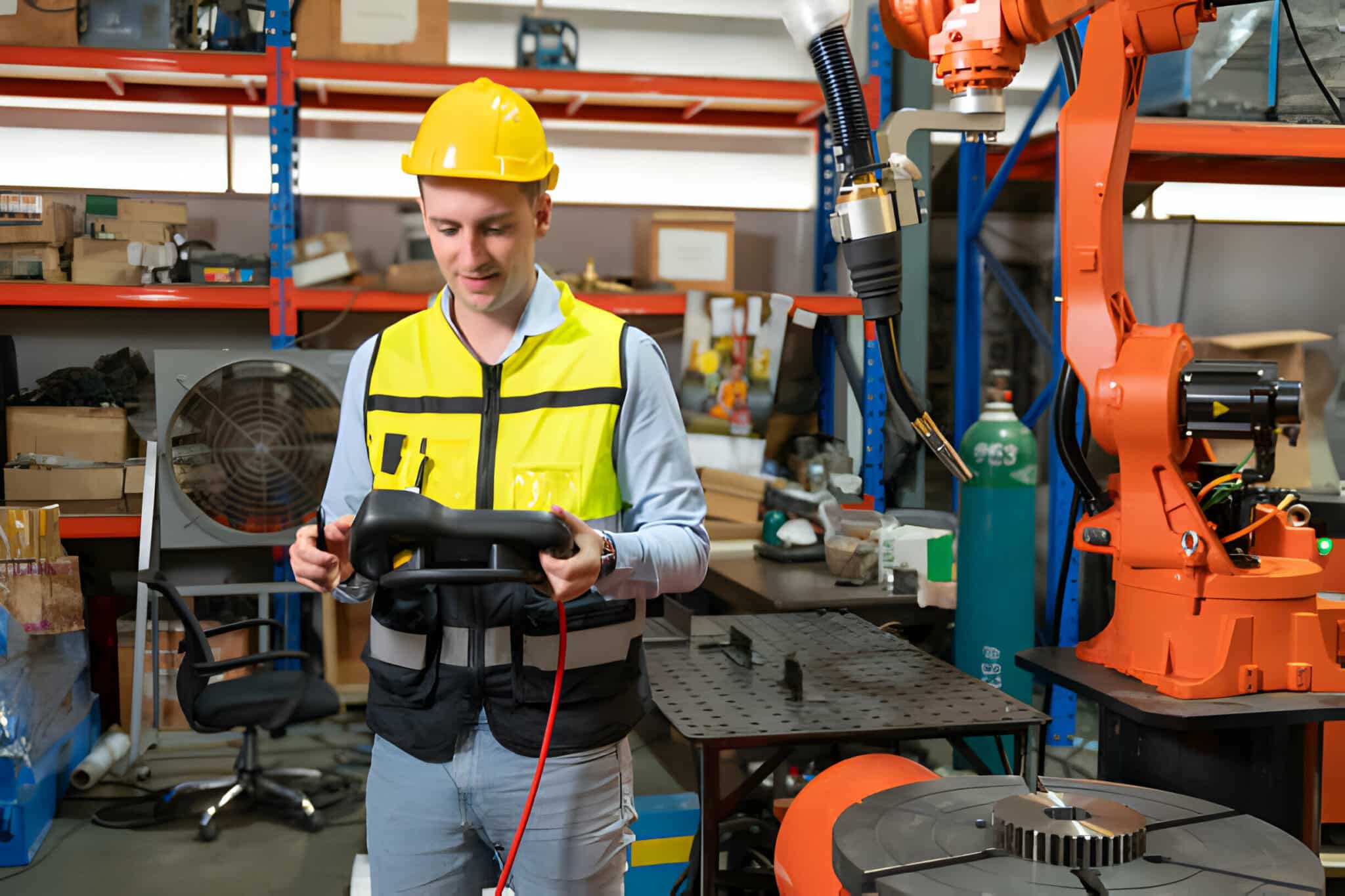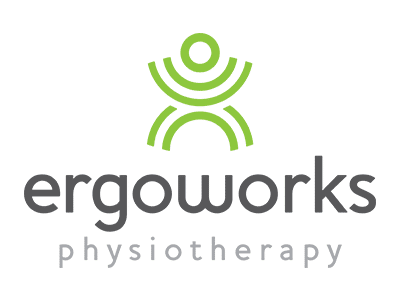Manual Handling Training for Office Workers: Prevent Injury at Your Desk

The modern office environment, while seemingly innocuous, can harbour hidden dangers. Hours spent hunched over keyboards, repetitive tasks involving filing or lifting heavy boxes, and poorly designed workstations can all contribute to musculoskeletal disorders (MSDs) among office workers. These injuries can range from mild aches and pains to chronic conditions, impacting work performance and overall well-being.
This is where Manual Handling Training comes in – a proactive approach to preventing these injuries and promoting a healthy work environment.
Why Manual Handling Training Matters for Office Workers?
While manual handling training might be traditionally associated with physically demanding jobs, it holds significant value for office workers too. Here’s why:
- Reduced Risk of MSDs: Manual handling training teaches proper lifting techniques, workstation ergonomics, and posture awareness. This knowledge helps office workers avoid repetitive strain injuries, back pain, and neck problems associated with prolonged sitting and awkward postures.
- Improved Productivity: A pain-free and comfortable work environment leads to increased employee engagement and focus. Manual handling training empowers workers to adjust their workstations for optimal comfort and minimise fatigue, leading to improved productivity in the long run.
- Enhanced Staff Morale: When employees feel their well-being is valued, morale improves. Implementing manual handling training demonstrates a commitment to workplace safety and reduces the risk of employees needing sick leave due to preventable injuries.
- Reduced Business Costs: Musculoskeletal disorders are a leading cause of workplace absenteeism. By investing in preventive measures like manual handling training, businesses can significantly reduce healthcare costs and lost productivity.
What Does Manual Handling Training for Office Workers Entail?
Here’s a glimpse into what a typical Manual Handling Training program for office workers might cover:
- Understanding MSDs: The training educates participants on the types of MSDs commonly faced by office workers, their symptoms, and the impact they have on health and well-being.
- Ergonomic Workstation Set-up: Participants learn how to adjust their workstations for optimal comfort, including chair height, keyboard placement, monitor positioning, and proper lighting. This session might involve hands-on guidance from a qualified trainer.
- Safe Lifting Techniques: Even lifting a box of printer cartridges or filing heavy folders can lead to injury if done incorrectly. The training focuses on proper lifting techniques, core engagement, and utilising mechanical aids when necessary.
- Posture Awareness and Stretching: Prolonged sitting can lead to tight muscles and a hunched posture. The training includes exercises and stretches to improve posture throughout the workday and prevent muscle strain.
- Communication and Reporting: Employees are encouraged to voice concerns about discomfort or potential hazards in their workspace. The program outlines proper reporting channels for ergonomic issues or potential injuries.
Beyond Training: Creating a Sustainable Culture of Safety
While manual handling training provides valuable knowledge, a sustainable safety culture requires ongoing efforts. Here are some additional points to consider:
- Ergonomic Assessments: Businesses can offer regular ergonomic assessments for individual workstations. A qualified ergonomics professional can identify potential hazards and recommend adjustments to promote optimal comfort. (Consider adding an ergonomic consultant Melbourne or your local area as a search term to find a qualified professional in your area.) Ergoworks can provide support to clients Nationally, face to face or virtually.
- Investment in Ergonomic Equipment: Investing in ergonomic chairs, keyboards, and wrist rests can significantly improve comfort and reduce the risk of injuries.
- Promoting Activity Breaks: Encouraging employees to take regular breaks to move around, stretch, and avoid prolonged sitting can make a big difference.
- Leadership Commitment: Visible leadership support for workplace safety initiatives sends a strong message and encourages a proactive approach to preventing injuries.
Investing in a Healthy and Productive Office Environment
Manual handling training is a cost-effective investment in the health and well-being of your employees. By creating a comfortable and safe work environment, businesses can foster a more productive and engaged workforce. Remember, a healthy and happy team is a productive team!
Ready to take the first step towards preventing injuries and promoting a healthy office environment? Contact us to discuss how we can tailor a Manual Handling Training program for your specific needs. We can help you create a workplace where your employees feel valued and empowered to work safely and comfortably throughout the day.


